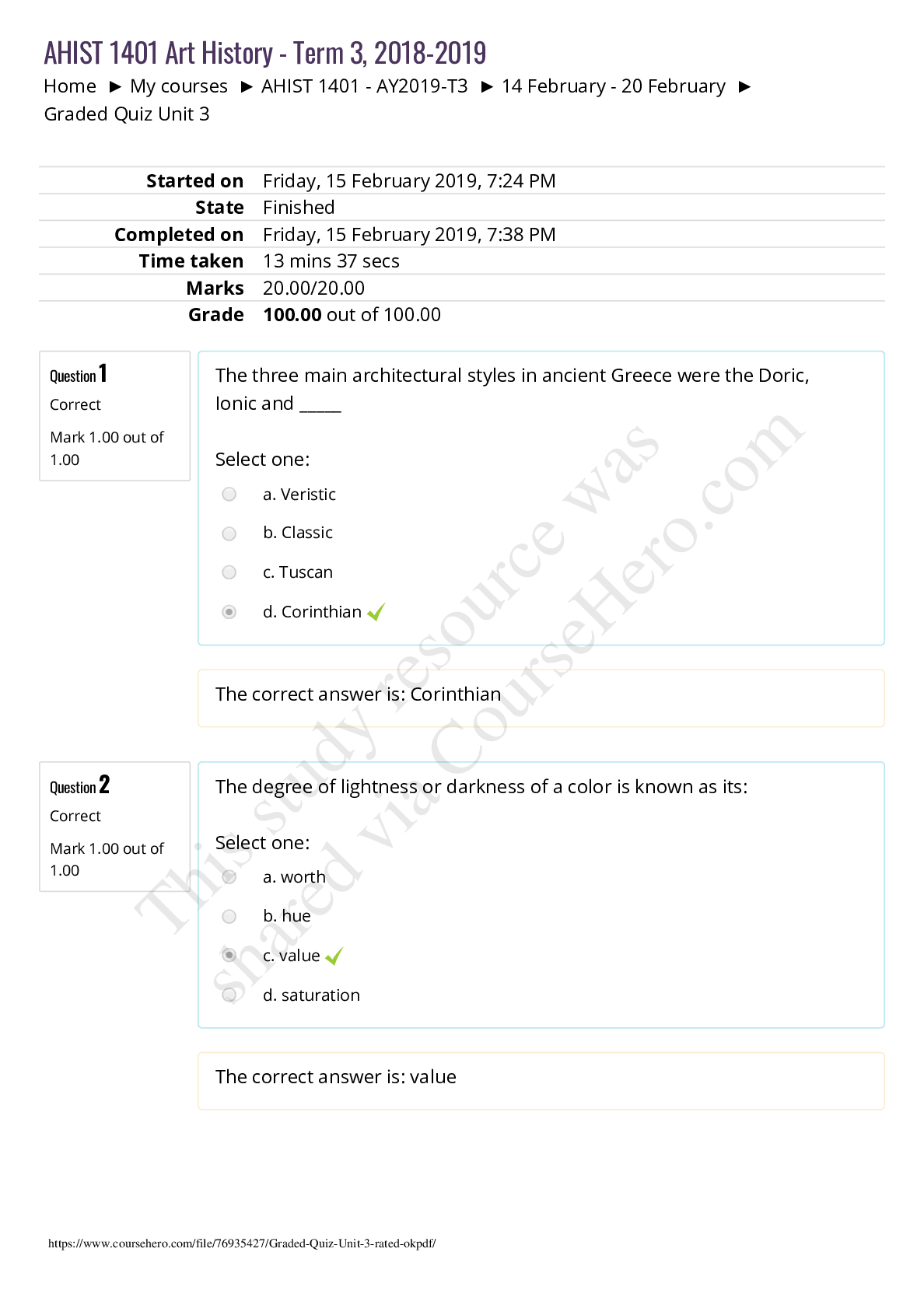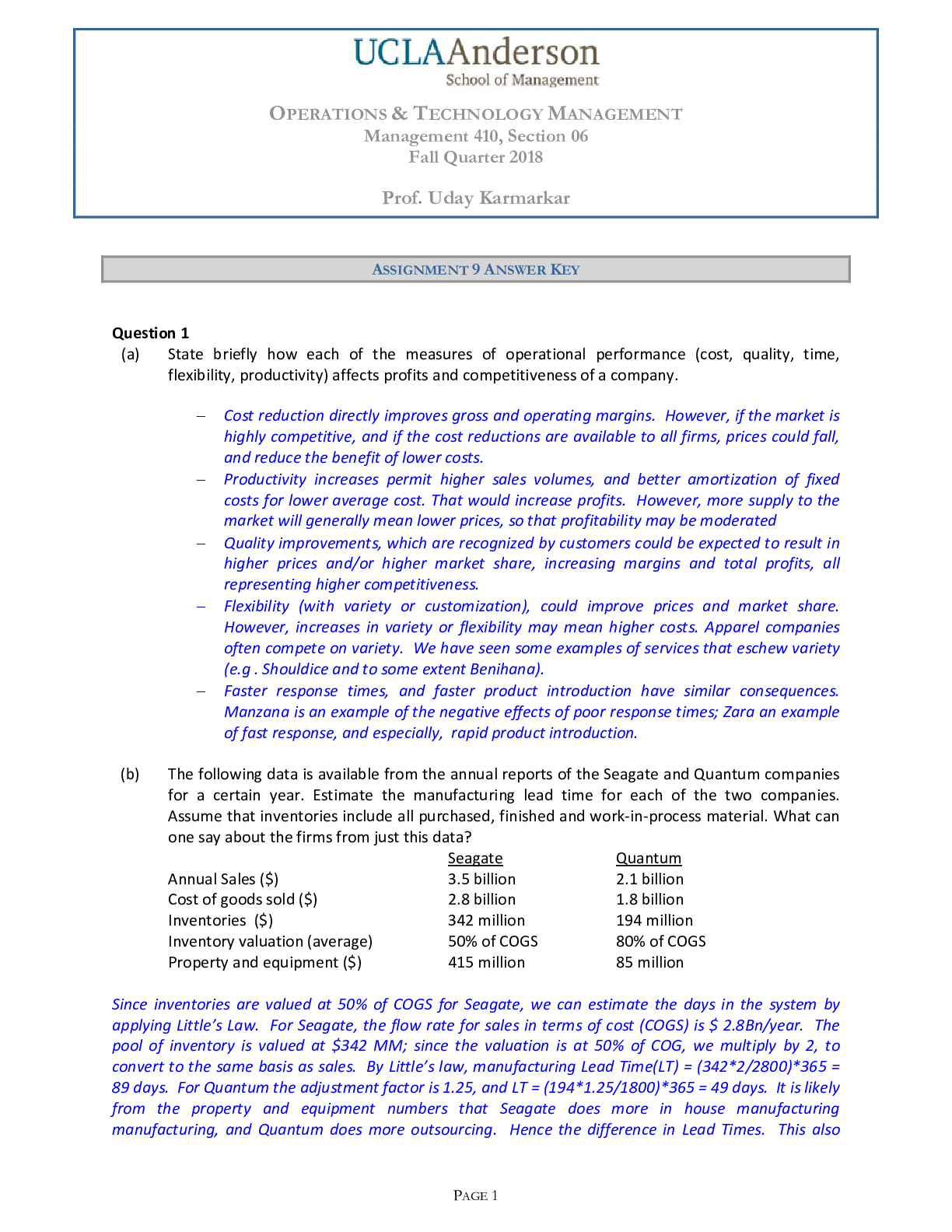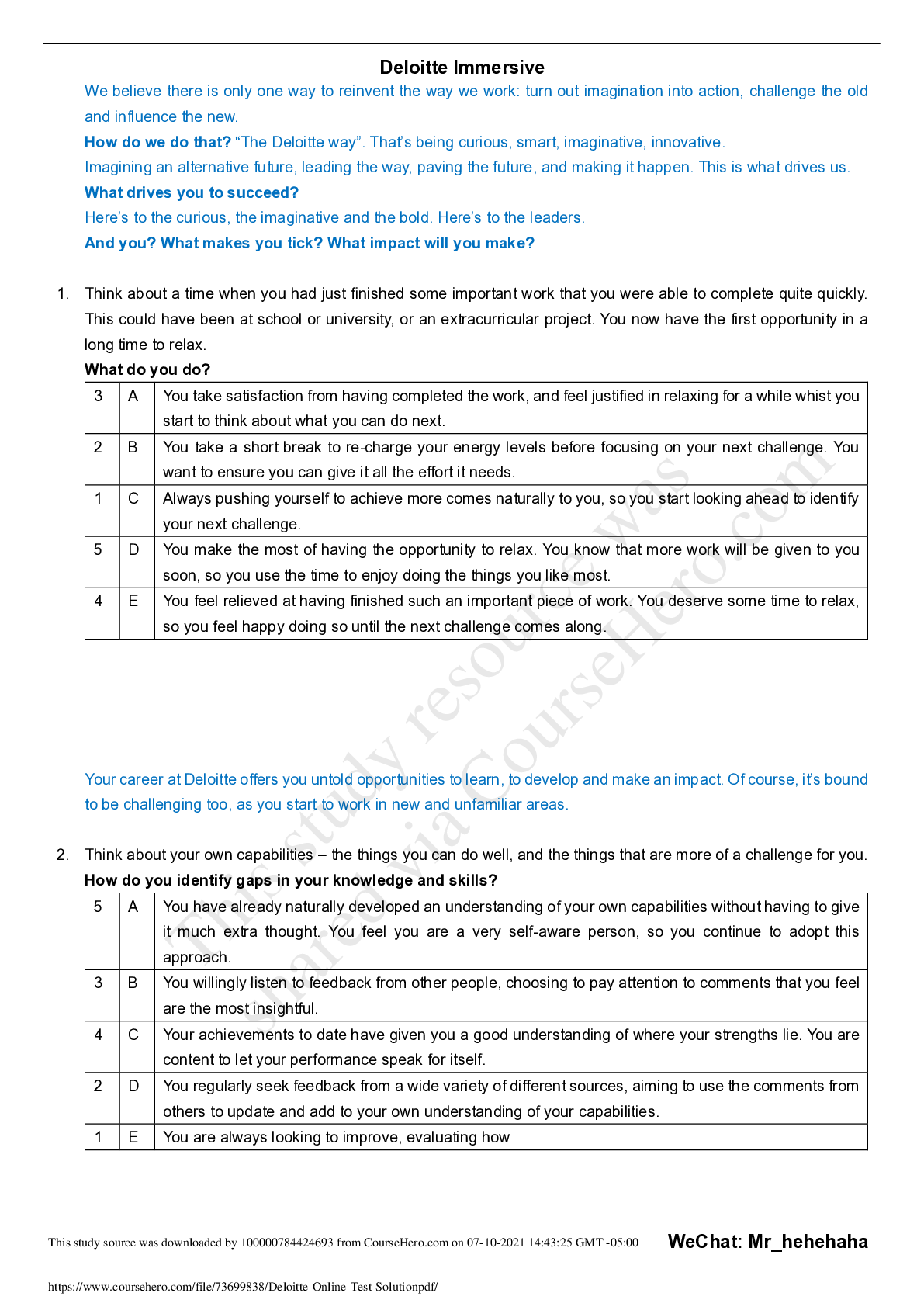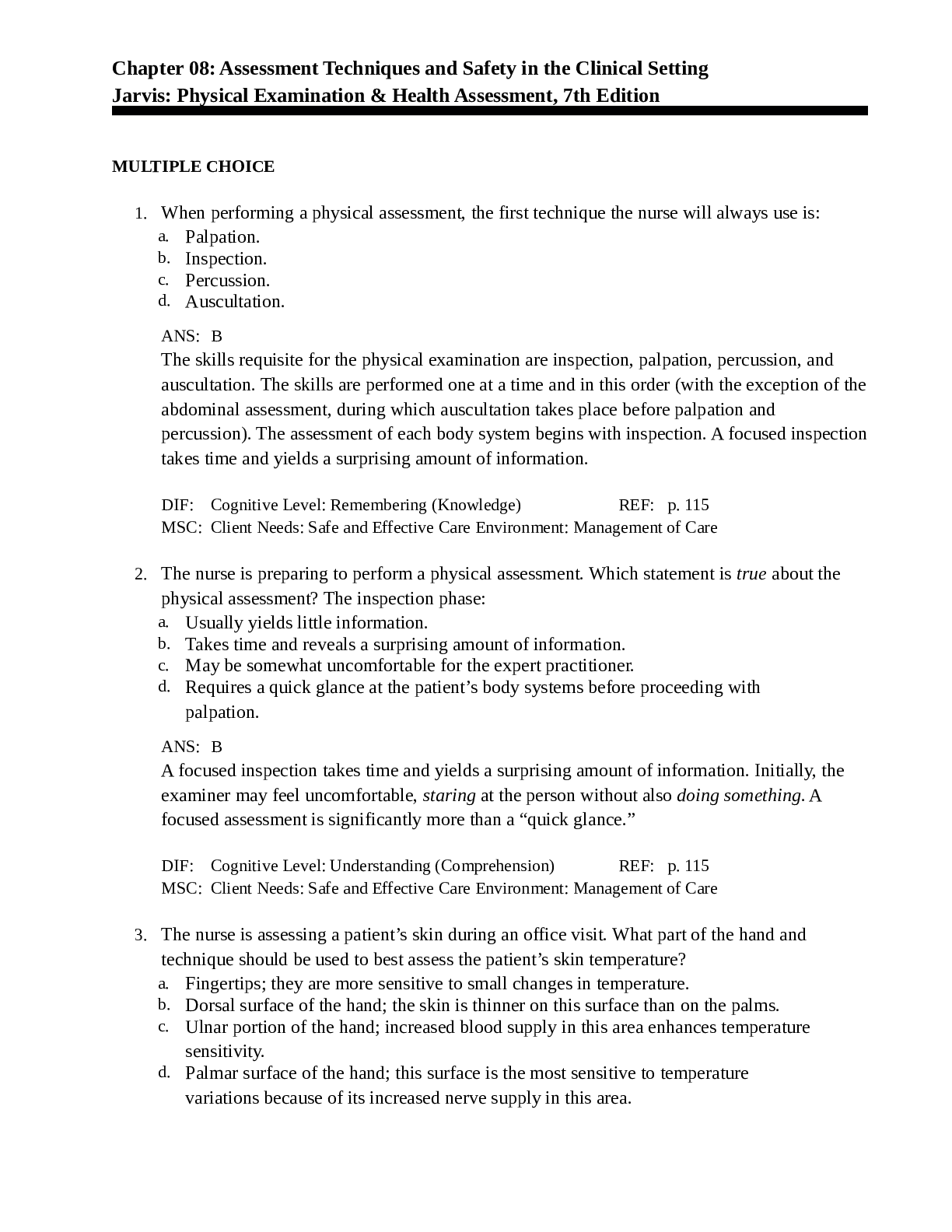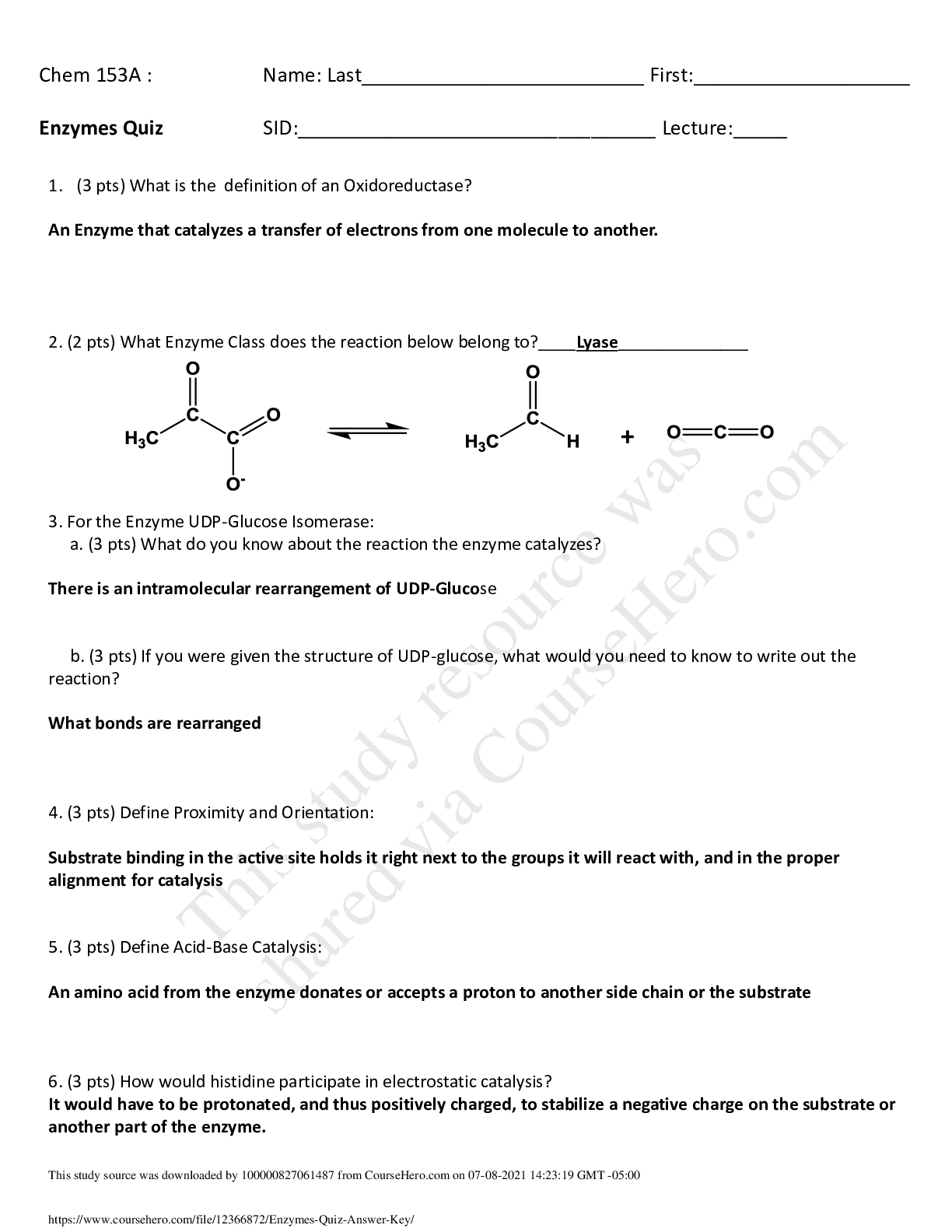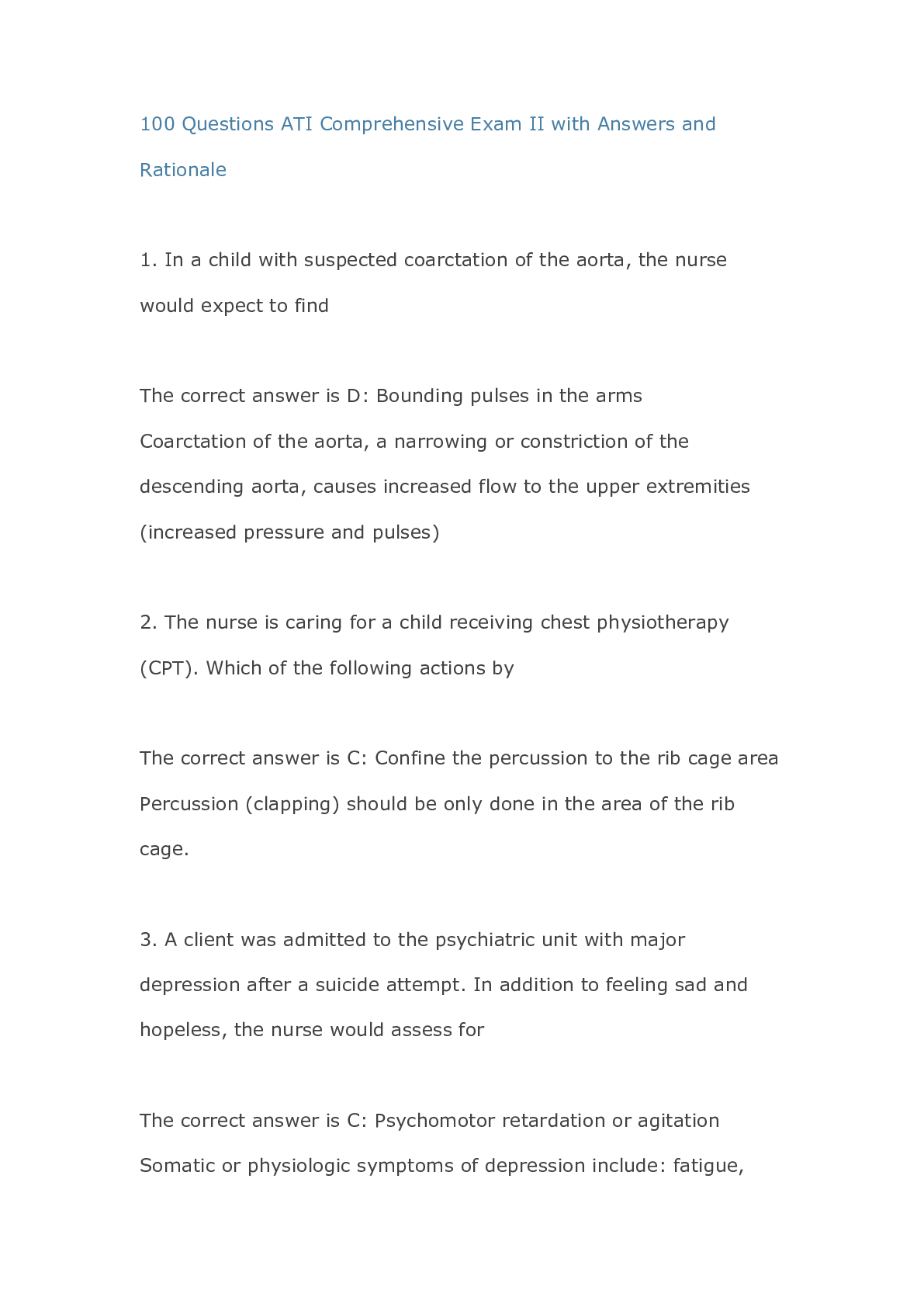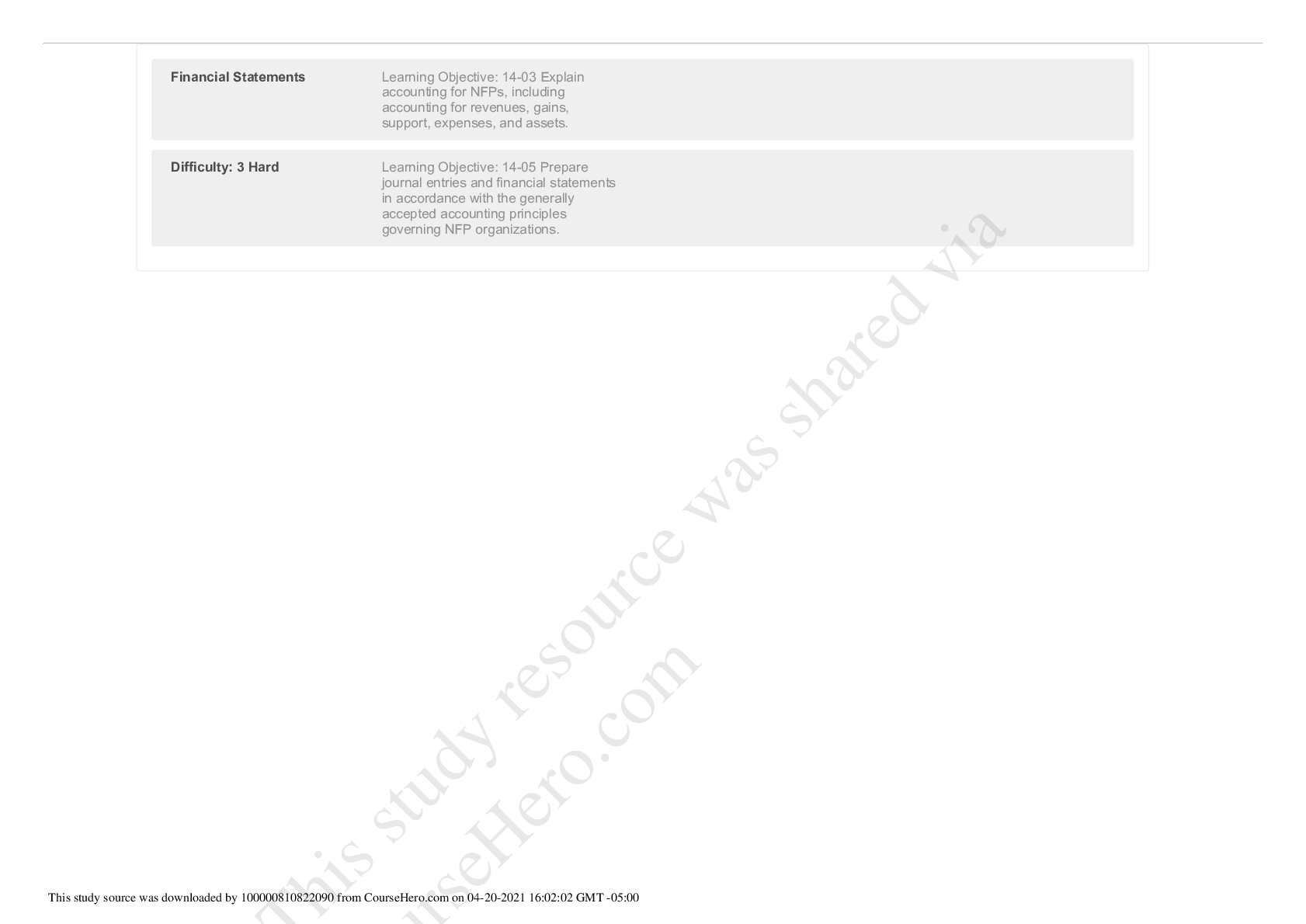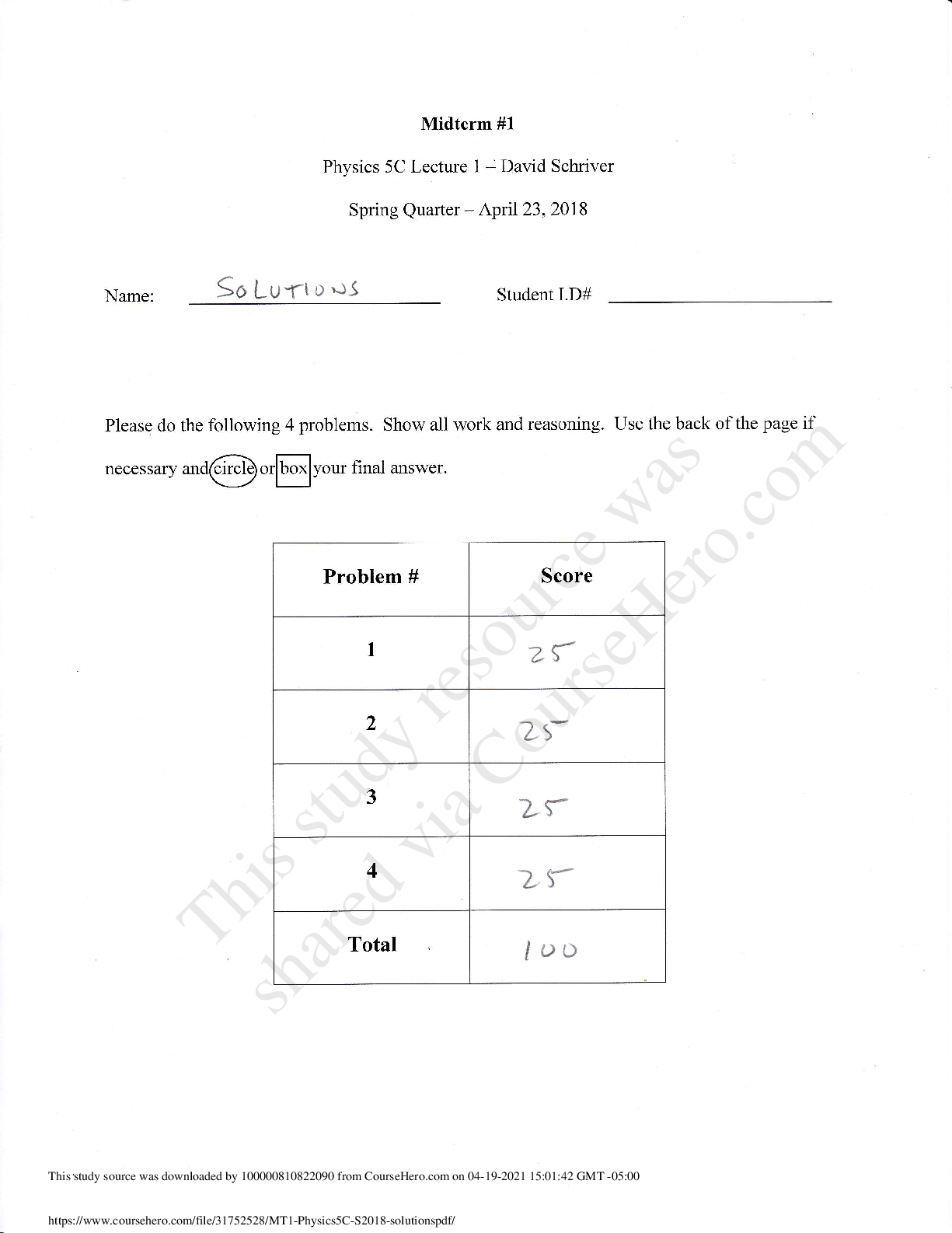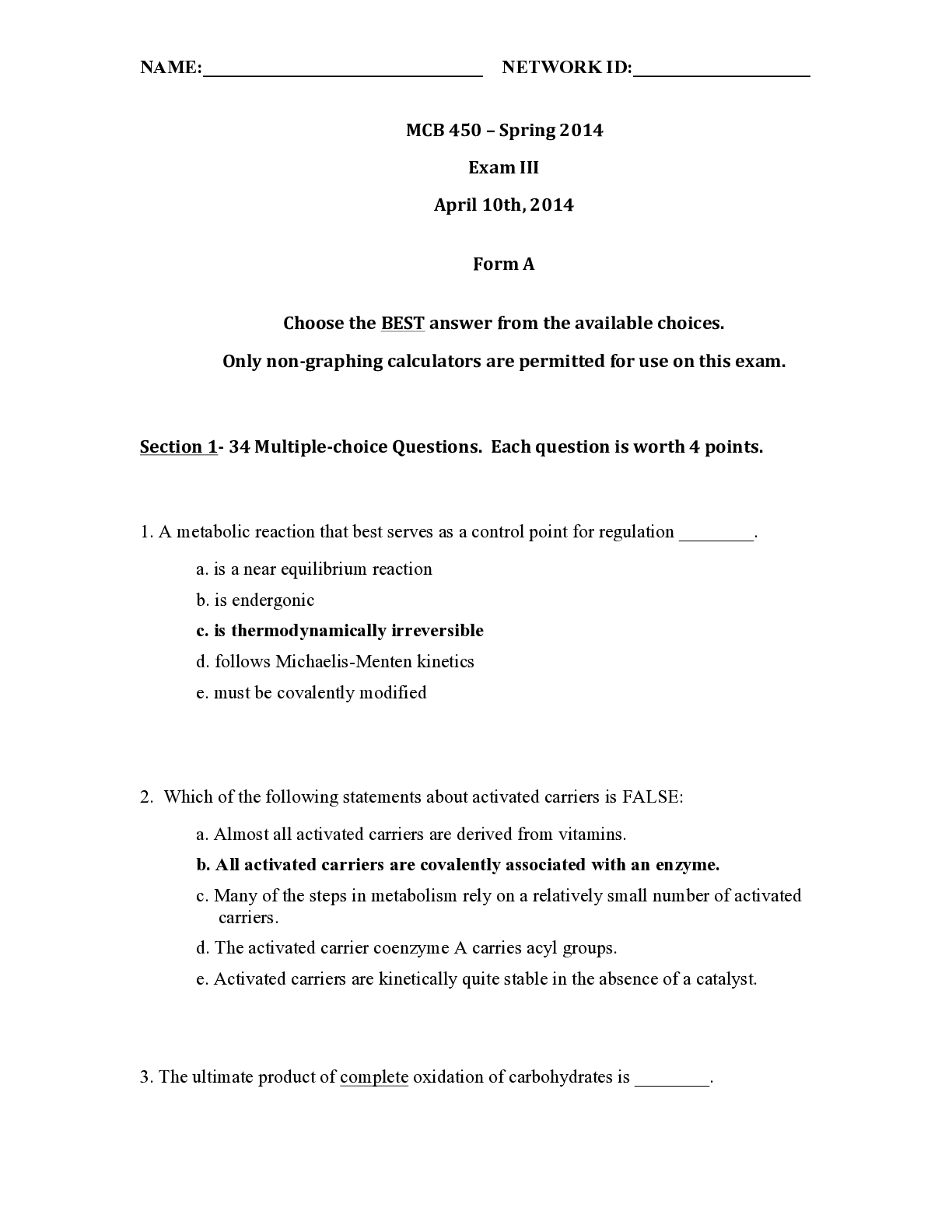Management > QUESTIONS & ANSWERS > Questions and Answers > University of California, Los Angeles - MGMT 4102018 Flex FEMBA 410 Sample Q (All)
Questions and Answers > University of California, Los Angeles - MGMT 4102018 Flex FEMBA 410 Sample Questions I with Answer Key. OPERATIONS & TECHNOLOGY MANAGEMENT Management 410, Section 06 Fall Quarter 2018
Document Content and Description Below
OPERATIONS & TECHNOLOGY MANAGEMENT Management 410, Section 06 Fall Quarter 2018 Prof. Uday Karmarkar PAGE 1 SAMPLE QUESTIONS I WITH ANSWER KEY 1. A product requires four manual operations for fi... nal assembly, in no particular order. The standard time required to complete each operation is: | Operation A | Time (minutes) 7 | B | 28 | C | 6 | D | 15 Each operation can have multiple workers assigned to it, or a single worker can perform multiple operations. a) Suppose that the forecast demand for the product is 650 units per month with very little variation. The assembly line for the product is to be run on a one-shift basis. Assuming ideal conditions, and 21 days of operation per month, what is the desired cycle time for the line? b) Now assume the line is required to have a 15-minute cycle time. Propose an efficient serial line configuration that meets this requirement. Identify the bottleneck in your configuration. c) Compute the monthly production rate of your configuration. d) Compute the percentage of labor idle time for your configuration. 2. The following data refer to a restaurant that has a dining room and a separate bar, which also serves as a waiting area for diners who cannot be seated immediately (all numbers are long-run averages over several months): · The dining room has 100 seats. The bar has room for 50 customers. Dining room utilization is 80%. · The parking valets can handle 60 cars per hour. The bartenders can mix 140 cocktails per hour and operate at 90% utilization. OPERATIONS & TECHNOLOGY MANAGEMENT FALL QUARTER 2018 PAGE 2 · 50 “diners” arrive per hour. Some of them are seated immediately; the rest are diverted to the bar area until seating is available in the dining room. · 25 “drinkers” arrive per hour. These customers have cocktails in the bar, but do not enter the dining room. On average, the drinkers spend 36 minutes in the bar. · The diners spend 2 hours in the restaurant (including the bar area). a) What is the capacity of the dining room in terms of dinners served per hour? On average how many customers are in the dining room? b) How long do customers stay in the dining room on average? c) How many drinkers and how many diners are in the bar on average? 3. Certain services involve joint or collaborative production between providers and customers. What are the implications of joint production for the management of cost and productivity? Give one or more examples to illustrate your answer. 4. We have seen a definition of process flexibility with respect to variety. Suggest a function that has the appropriate behavior (in terms of cost vs. the number of items produced). Is this function able to capture or represent the degree of variety flexibility? 5. VirtualPark (VP) is a startup that operates virtual reality (VR) rides in shopping malls. Each installation has one ride that can accommodate 6 persons at a time, and takes 8 minutes, with two minutes required for both filling and clearing the ride. The ride is only run when full. Entry fees are paid at the entry to the installation which is a glass fronted room with a few seats and a big screen which shows the “story” behind the ride. It is possible for customers to stay in the room, and take the ride again. OPERATIONS & TECHNOLOGY MANAGEMENT FALL QUARTER 2018 PAGE 3 Ursula Baer is a VP intern charged with analyzing the performance of a new installation, and she has access to recent data: · The ride is open for 12 hours each day during the mall’s hours · On average, the location sells 300 tickets each day · Operating data show that the ride is run 60 times each day a) How well is the ride doing in terms of capacity utilization and paid utilization (for paying customers)? b) What is the probability that a rider will take the ride at least one more time? 6. Certain services involve joint or collaborative production between providers and customers. What are the implications of joint production for the following measures. Give one or more example(s) to illustrate. a) Internal Conformance Quality (how well the process meets vendor specifications) b) External Conformance Quality (how well the process meets consumer expectations) [Show More]
Last updated: 1 year ago
Preview 1 out of 3 pages

Reviews( 0 )
Document information
Connected school, study & course
About the document
Uploaded On
Mar 20, 2021
Number of pages
3
Written in
Additional information
This document has been written for:
Uploaded
Mar 20, 2021
Downloads
0
Views
45













.png)
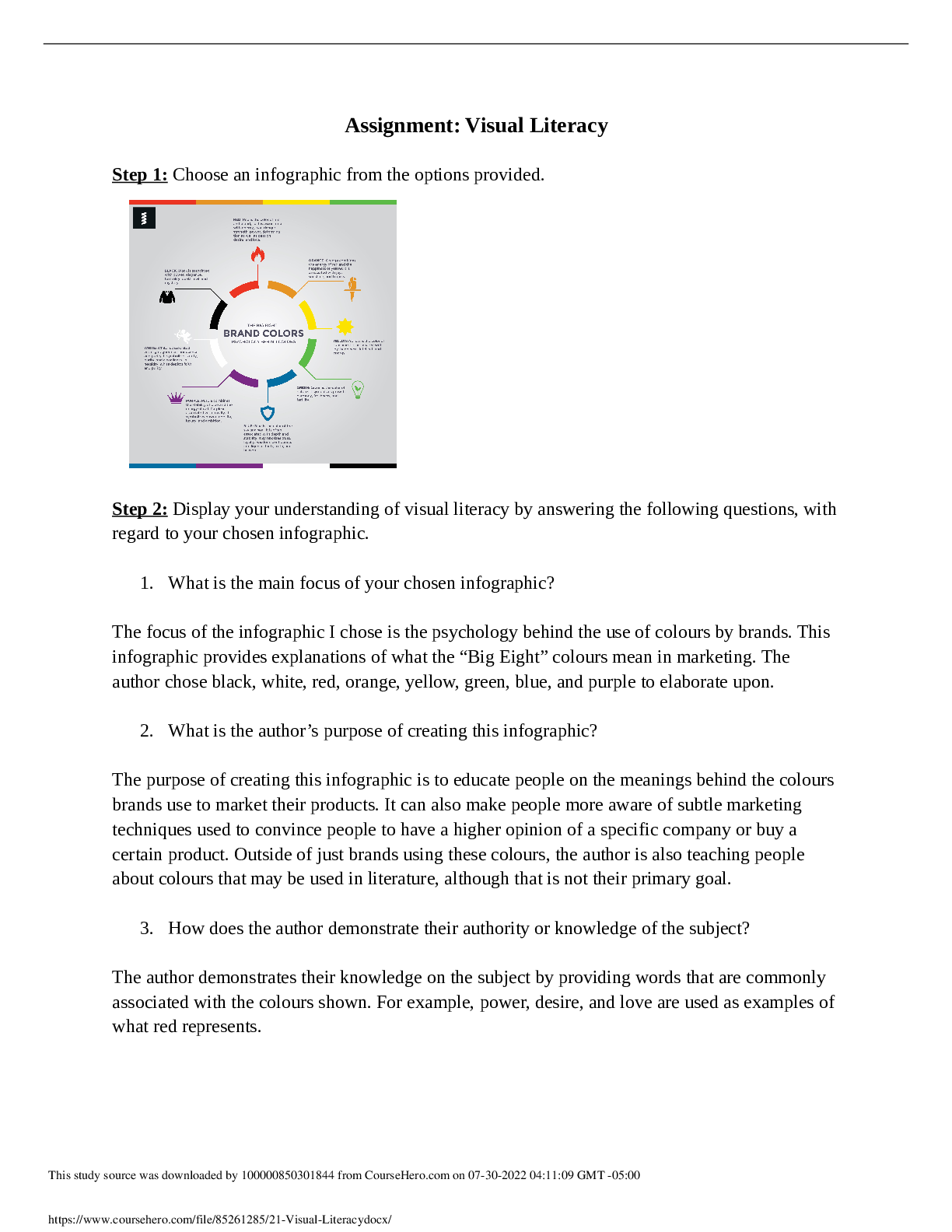

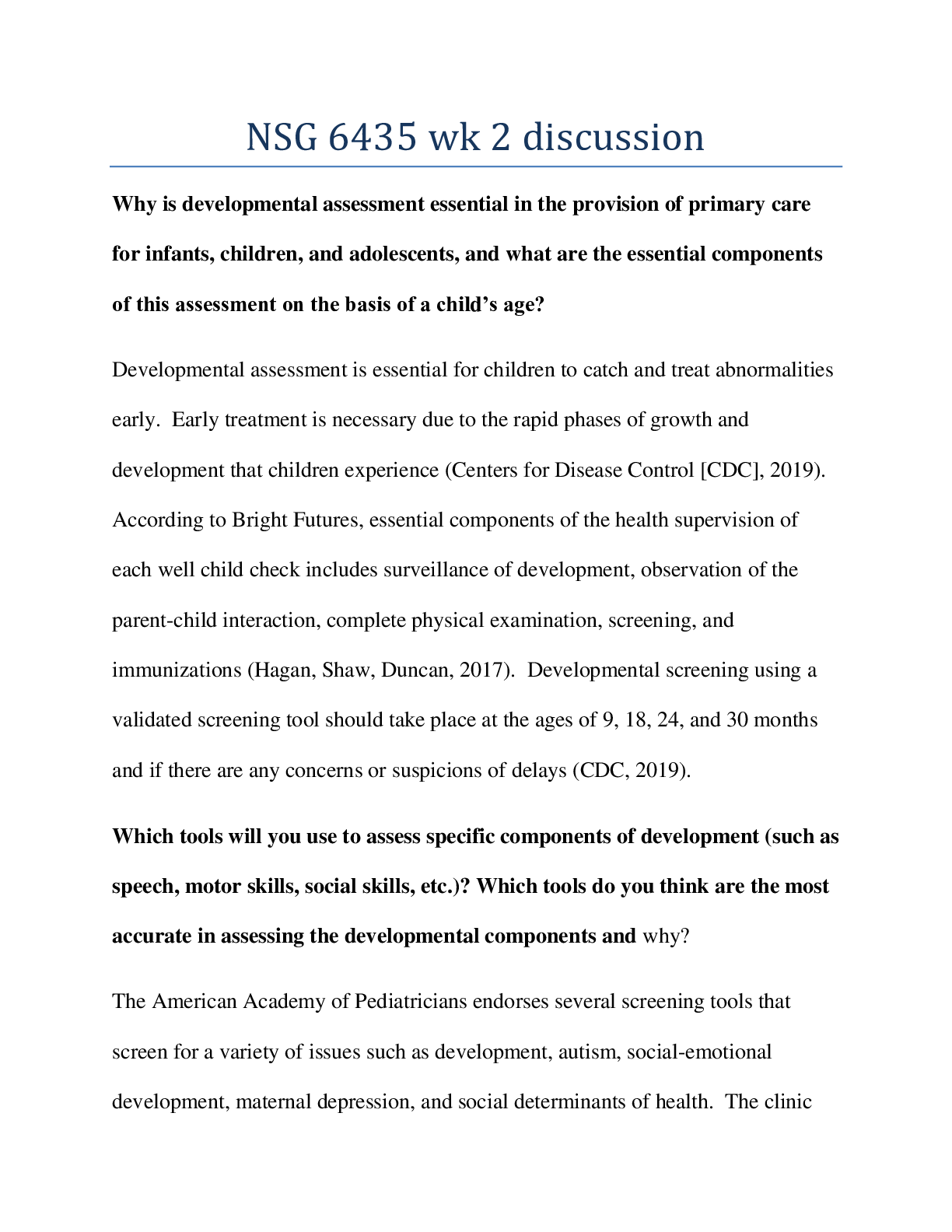


_merged_merged.png)
